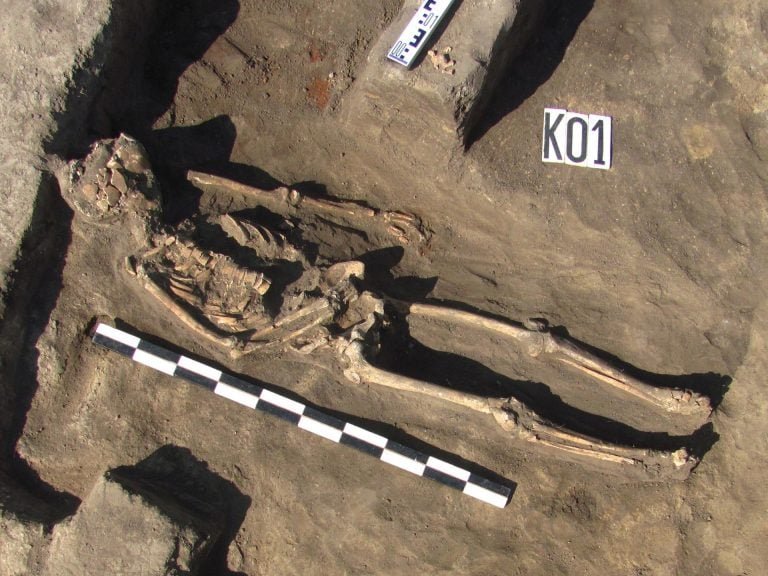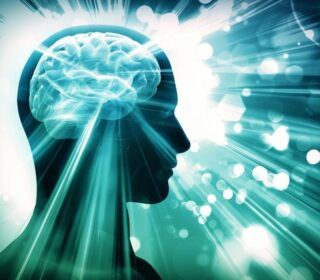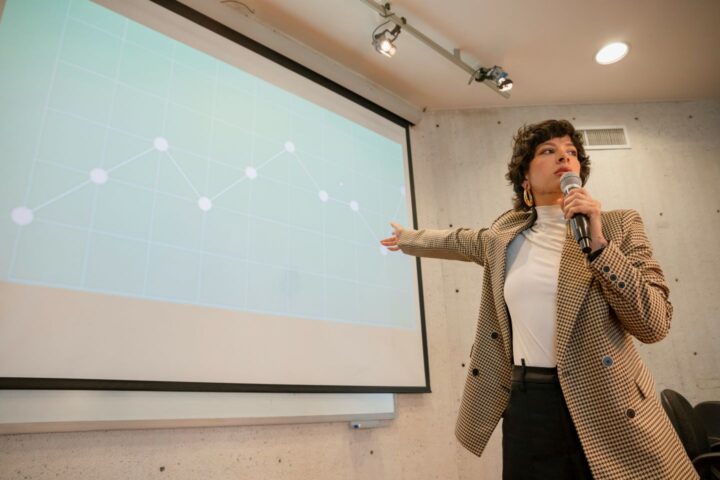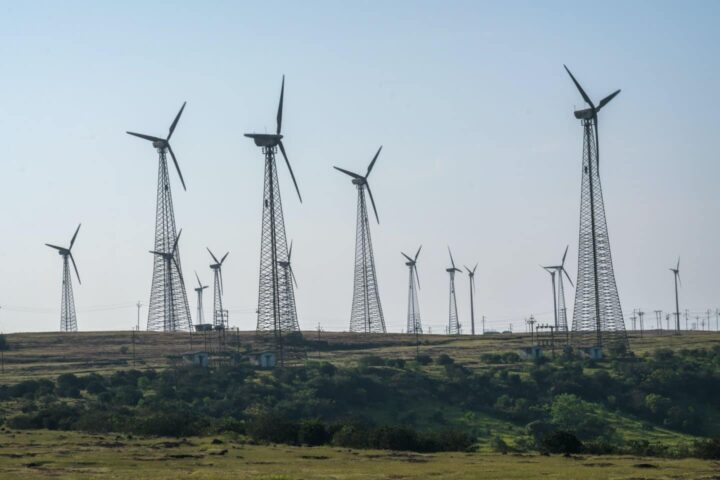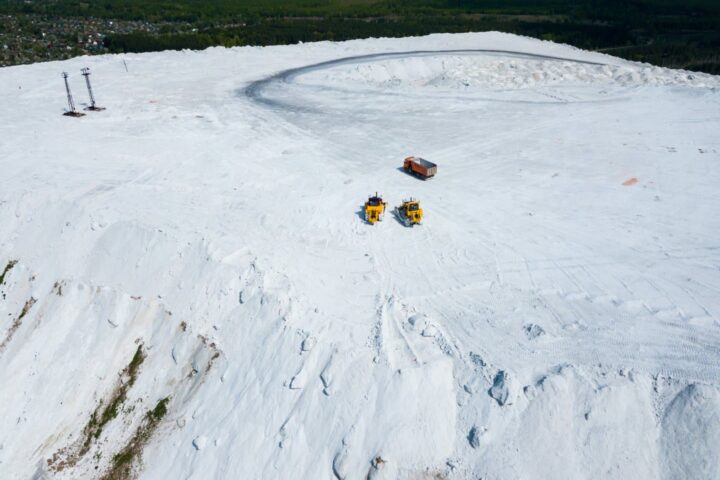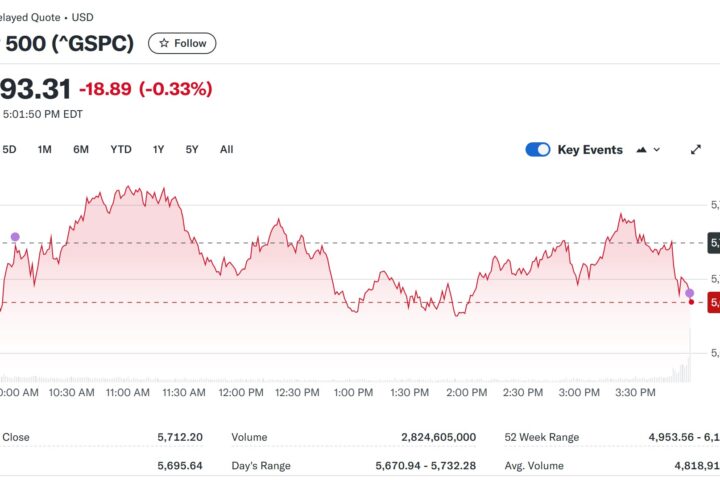Tucked away in the heart of Eastern Europe lies a region that has been a crossroads of human migration and cultural exchange for thousands of years. Ukraine, a country nestled between Europe and Asia, has played a pivotal role in shaping human history. A recent study published in Science Advances has shed light on the region’s fascinating genetic diversity, revealing a complex tapestry of European, Steppe, and East Asian ancestries.
Ancient Migrations and Genetic Diversity
The study, led by Lehti Saag from the University of Tartu Institute of Genomics, analyzed ancient human remains from the North Pontic region, covering present-day Ukraine. The researchers found that the region’s genetic diversity over the past 3,500 years is exceptionally high, reflecting continuous migration and mixing of different populations.
The Bronze Age and Beyond
The study reveals that at the end of the Bronze Age, the ancestry proportions in the region were similar to those found in contemporary European populations. However, from the Early Iron Age to the Middle Ages, the region was influenced by eastern nomads, who brought with them distinct genetic profiles, including high degrees of East Asian ancestry.
A Palimpsest of Migration and Population Mixing
The researchers describe the region’s genetic landscape as a “palimpsest” created by migration and population mixing. This complex genetic heritage has contributed to the high genetic heterogeneity found in geographically, culturally, and socially homogeneous groups.
Conclusion
Ukraine’s forgotten legacy is a testament to the region’s strategic location at the crossroads of Europe and Asia. The study’s findings offer a fascinating glimpse into the region’s complex genetic history, highlighting the importance of considering the dynamic interplay between migration, population mixing, and cultural exchange in shaping human history.

